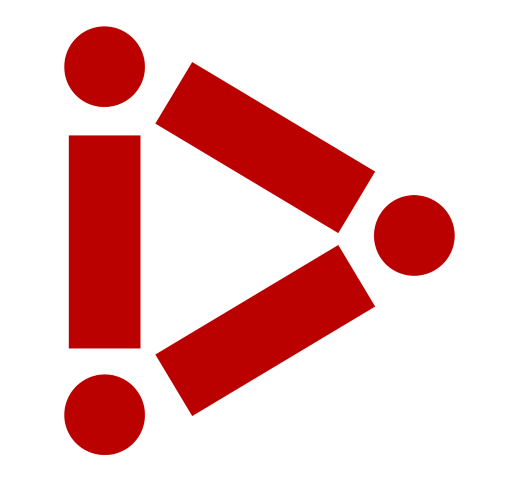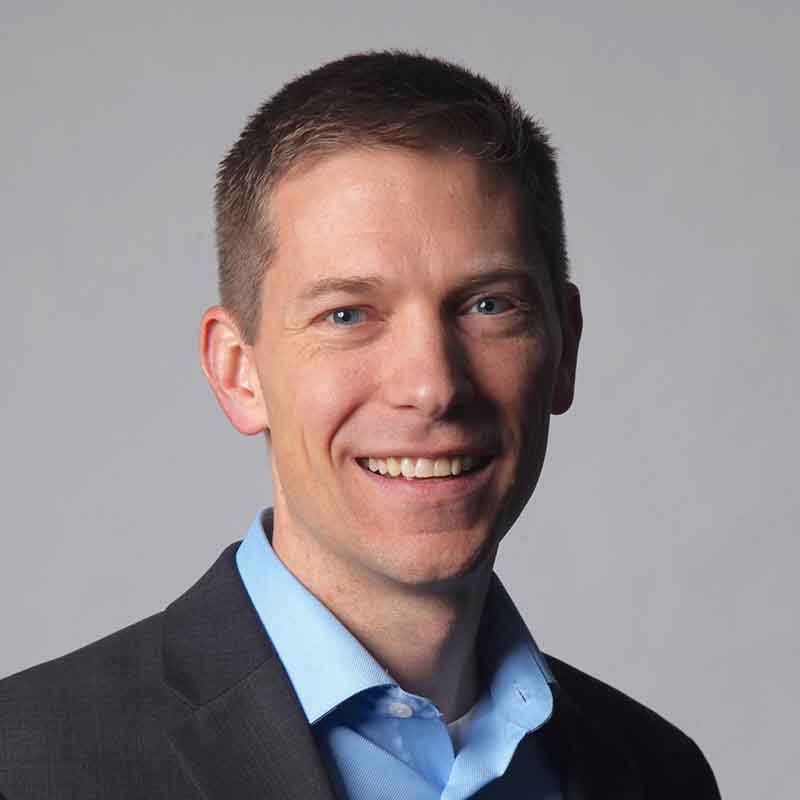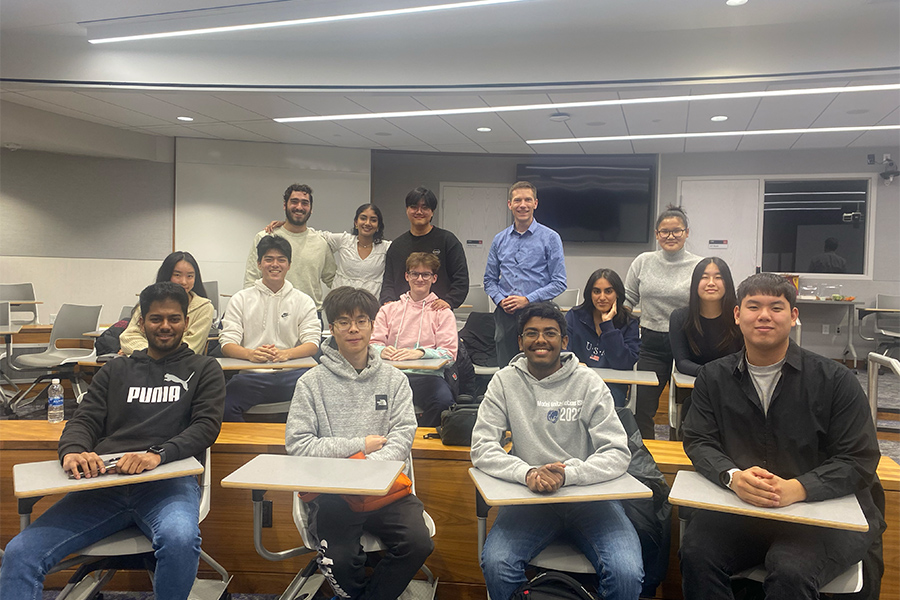
First Year Students Apply Innovation Skills to Real World Problems
In the inaugural Introduction to Engineering Design, Innovation, and Entrepreneurship course, students learn to apply the innovation process to real-world problems.
By Jess Ignasky
In Fall 2023, the Integrated Innovation Institute premiered its Introduction to Engineering Design, Innovation, and Entrepreneurship course, a prerequisite to the new additional undergraduate major: Engineering Design, Innovation, and Entrepreneurship (EDIE).
In the course, students were assigned a semester-long assignment centered around the problem statement:
How can we make biking safer in Pittsburgh?
Students used innovation concepts learned in class like persona creation, market research, and more to help develop a solution.
Below, students share their reflections on the project, working together as a team, and their thoughts on the course.
Bike Link Express
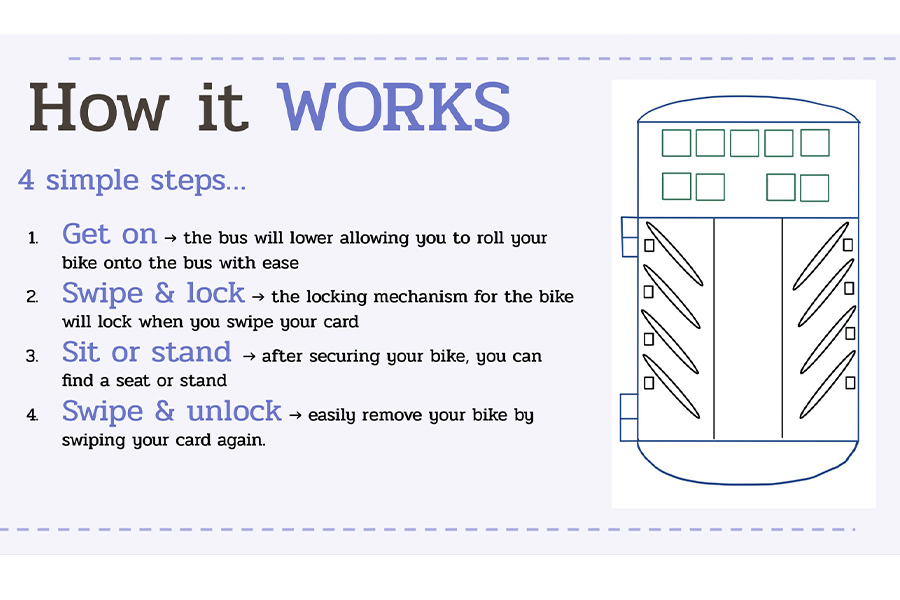
Bill Chang (Bachelor of Engineering ‘27)
Atharv Kashyap (Bachelor of Engineering ‘27)
Zhihao (Alex) Yuan (Bachelor of Engineering ‘27)
iii: What was your experience like working together as a team?
Blue Link Express: It was a really good class to get introduced to working in teams on a long-term project for college.
Despite being independent workers, this course taught us how to have faith and trust others. We thoroughly enjoyed working as a team, taking leadership sometimes, and letting others lead as well. This course showed us the power of collaborative effort.
iii: Did you face any challenges working on this project? How did you overcome them?
Blue Link Express: One of the challenges was trying to coordinate meeting times and having everyone share their ideas equally without feeling like one person was taking control over the others. We overcame this by trying to understand each other more than just as teammates but as people and friends.
iii: What was your favorite part of working on this project?
Blue Link Express: We enjoyed the freedom and passion we could develop from working on a project that had so few rules. This allowed us to explore what we wanted and allowed us to go in 100 different directions.
The course taught our team that innovation is a process and skill that can be developed. It is not just something that you are born with or not. I learned a lot from the podcast assignments which taught me how to think like these various entrepreneurs and how to see the world like they do.
Our favorite part of working on this project was incorporating these skills and emulating successful entrepreneurs in real time as our project evolved. We could see ourselves applying what we just read or heard yesterday to make adjustments or improvements to our current project. Seeing results immediately was extremely motivating.
iii: How did you apply the skills learned in class to the project?
Blue Link Express: The most important tools we probably used for the project ideation were interviews and rough sketches and coming up with a lot of ideas and narrowing it from there. The requirements that we used were chosen based on our research and interview insights. We always compared it back to what our consumers and users wanted.
We used different tools such as Figma to create concept mappings and visualizations of stakeholders or how all our POGs and PESTLE factors connected. We used strategies like the weighted opportunity decision matrix to come to a consensus and eliminate options before making the final choice. We used methods like Crazy 8s for rapid product ideation.
IREADY
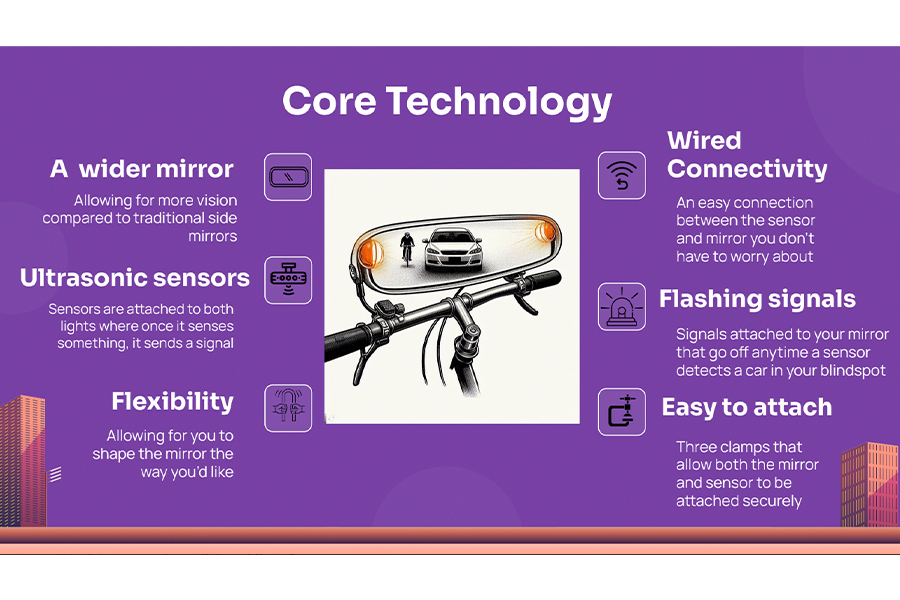
Samy Pemmasani (Bachelor of Engineering ‘27)
Leo Hoplamazian (Bachelor of Engineering ‘27)
Colin Kim (Bachelor of Engineering ‘27)
iii: What was your experience like working together as a team?
IREADY: This experience was transformative. Working in a group environment, especially in the context of the project itself, allowed us to step outside my comfort zone and collaborate with others.
Our team dynamic came together seamlessly. Each member of our team took the lead on the deliverables that they were the most knowledgeable and comfortable with, which led to us having a productive and free-flowing group dynamic.
iii: Did you face any challenges working on this project? How did you overcome them?
IREADY: We faced some adversity as a team making sure everyone was held accountable for a bit, but overall we worked well together.
We struggled with finding times when everyone was available to meet up and work on our tasks. We found that having a system where the member with the most free time takes the lead on one particular task worked the best. We all took turns leading the work whenever our schedule allowed it.
iii: What was your favorite part of working on this project?
IREADY: We enjoyed the "freeness" of it, especially how we were allowed to come up with our ideas. It was more abstract than usual projects.
The best part of working on this project was seeing our idea come to fruition. Practicing the Phase 1 and Phase 2 process with a real-life scenario gave us the experience and knowledge we needed to replicate the process in future ventures.
iii: How did you apply the skills learned in class to the project?
IREADY: The best part about this course is that we used everything we learned in our project. Every piece of lecture material was critical to the success of our project. The course is set up in a way that we implemented the skills that we learned in class to our project as we learned them.
The most valuable skill we learned was methods of thinking. Brainstorming methods, POG analysis, and ideation were all vital during the initial stages of our project. The emphasis on customer discovery was incredibly valuable. We had an idea for a solution at the beginning of the project, but after connecting with potential customers and digging deep into discovering their needs, we ended up with a final product that was vastly different from our initial idea.
iii: Anything else you’d like to share?
IREADY: Thank you for making this a class!!
This course would be valuable to every engineer. To be an engineer you need both refined technical skills but also a large capacity for critical thinking and problem-solving. EDIE emphasizes these skills and creates well-rounded, innovative engineers.
